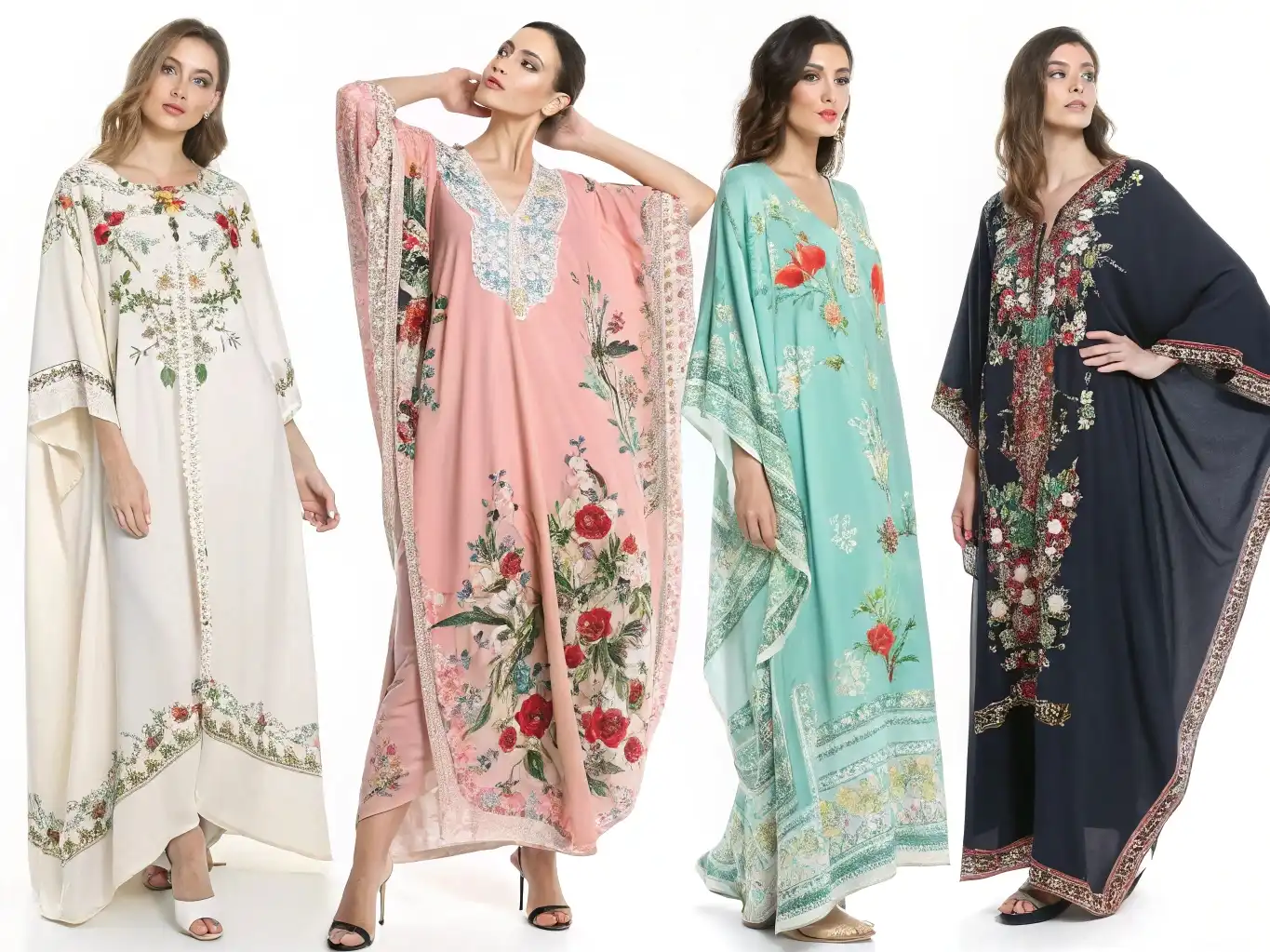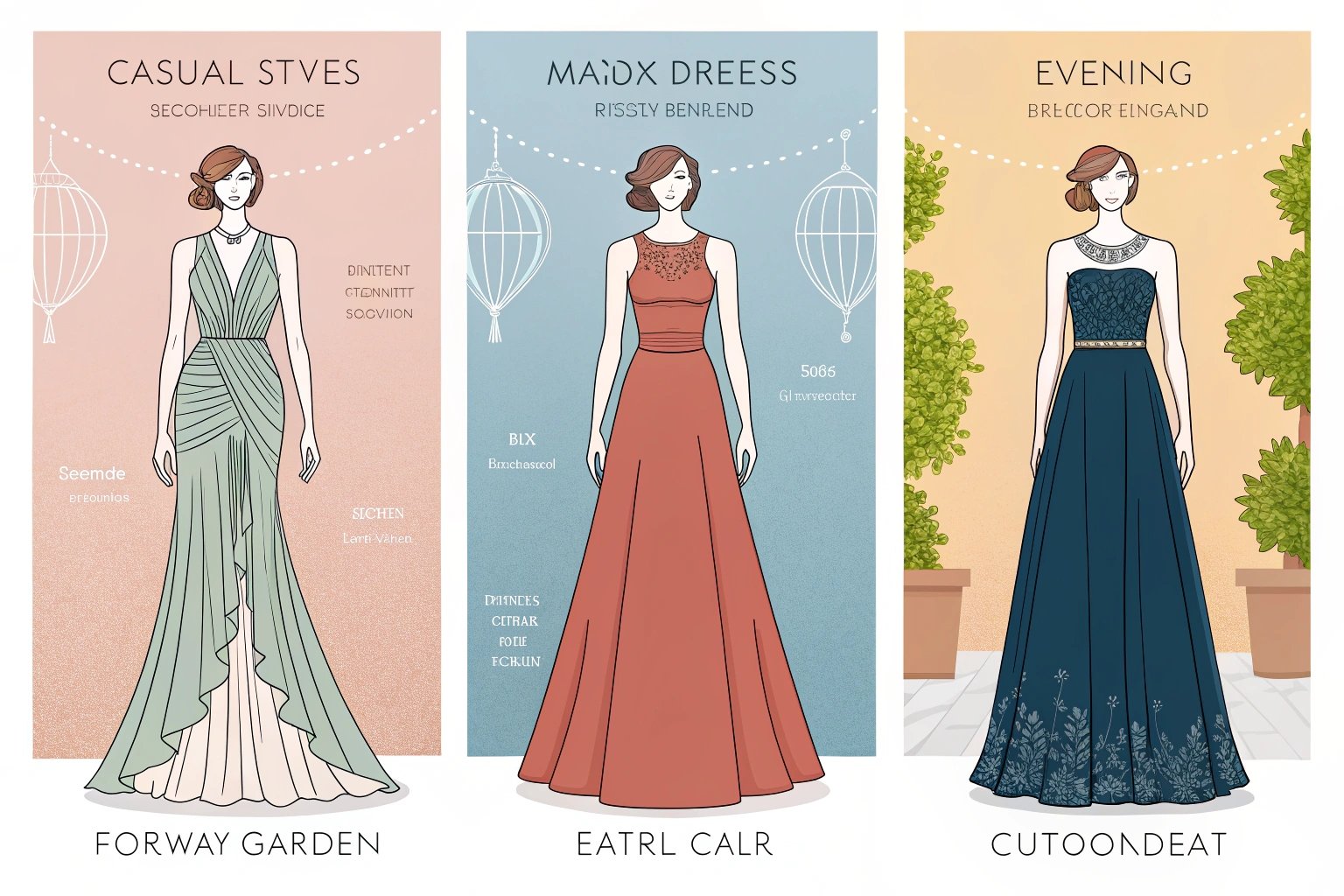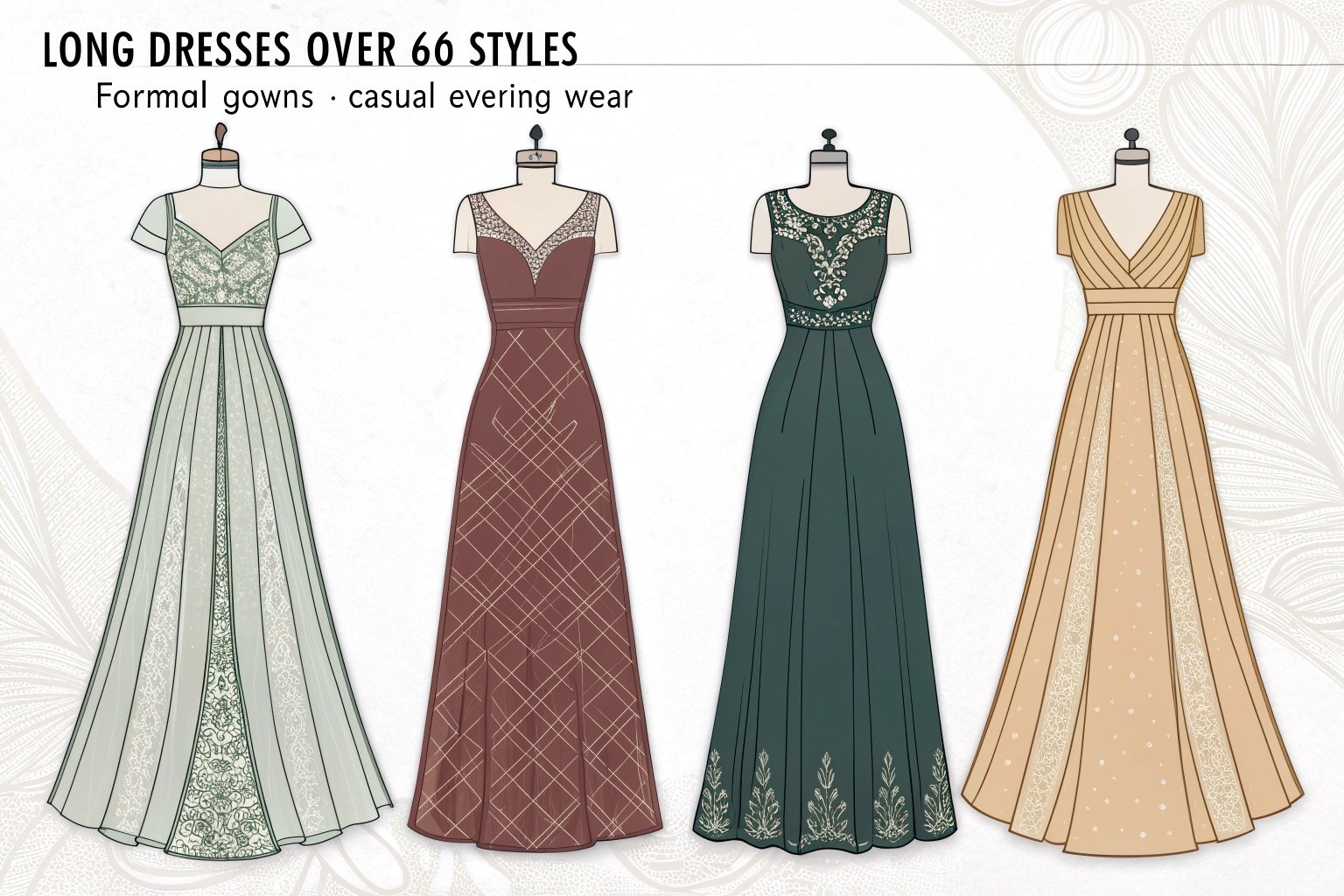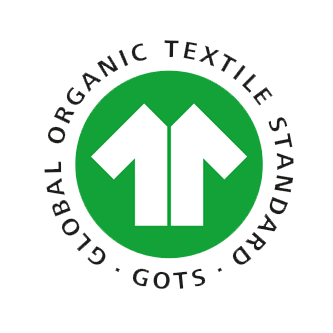In the world of garment manufacturing, small tools often have outsized importance. At Xzapparel, one of the most underrated yet essential tools we use on a daily basis is the dressmaker pin. Though tiny, this simple tool plays a massive role in precision, efficiency, and final garment quality.
A dressmaker pin is a slender metal pin used in garment construction to hold fabric layers together temporarily before stitching.
It helps ensure seams align, patterns match, and fit adjustments are made accurately during sampling or production.
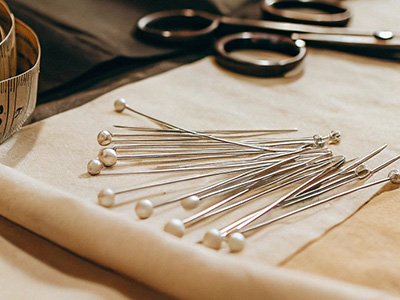
What are dressmaker pins made of?
Durability and strength matter.
Most dressmaker pins are made from stainless steel, nickel-plated steel, or brass. Their heads may be made of plastic, glass, or metal.
Core Materials and Benefits
| Material | Benefits | Common Use Cases |
|---|---|---|
| Stainless Steel | Rust-resistant, strong | General apparel pinning |
| Nickel-Plated | Cost-effective, smooth glide | Fast production cycles |
| Brass | Softer, gentle on fine fabrics | Luxury dress handling |
Pin heads made of glass won’t melt under an iron—ideal for pressing pinned garments.
What sizes do dressmaker pins come in?
Different tasks need different pin lengths.
Dressmaker pins range in length from ¾ inch to 2 inches, with the most common length being 1.5 inches.
Pin Size Reference
- 1″ (25mm): Best for light fabrics
- 1.5″ (38mm): All-purpose
- 2″ (50mm): Thick layers like denim or outerwear
We match pin length to fabric type and production stage.

Types of Dressmaker Pins
| Pin Type | Description | Application |
|---|---|---|
| Glass-Head Pins | Heat-safe, color-coded | Ironing with pins in place |
| Silk Pins | Extra fine, sharp | Sheer, delicate fabrics |
| Ballpoint Pins | Blunt tip, glides between knit fibers | Jersey, interlock, rib knits |
| Quilting Pins | Long and thick | Multi-layered stitching |
| T-Pins | T-shaped head for easy grip | Thick textiles, upholstery |
At Xzapparel, we primarily use glass-head and ballpoint pins due to our high volume of knit fabric production.
How are dressmaker pins used in production?
Pinning is a foundational part of our sample room operations.
We use dressmaker pins to: align seams, secure patterns during cutting, fit garments on dress forms, and mark alterations.
Key Use Cases
- Holding interfacing and lining in place before basting
- Ensuring symmetry between front and back panels
- Testing pleat positions or dart angles
Correct pinning avoids misalignment that can lead to production rejects.
What safety considerations matter?
Pins are sharp—accidents happen.
To maintain factory safety, we follow protocols like magnetic pin sweepers, pin trays, and routine pin checks during finishing.
Safety Tips
- Always pin perpendicular to stitch line for easier removal
- Use pincushions, not loose bins
- Count pins before and after fitting sessions
We also train workers to never sew over pins—it risks broken needles or damage to machines.
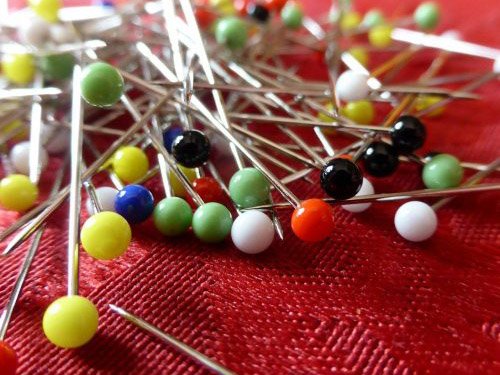
Are there alternatives to dressmaker pins?
Yes—but each has trade-offs.
Modern tools like fabric clips, temporary adhesives, and basting sprays are used in some settings, especially for delicate or bulky materials.
Comparison Table
| Tool | Pros | Cons |
|---|---|---|
| Dressmaker Pins | Precise, low-cost, reusable | Sharp, can leave holes |
| Fabric Clips | No holes, strong hold | Bulky for tight curves |
| Basting Spray | Fast for large layers | May affect fabric surface or color |
| Temporary Adhesive | Easy peel, time-saving | Not suitable for every fabric |
Despite alternatives, pins remain irreplaceable for many use cases.
Which fabrics need specific pin types?
Pin choice affects fabric integrity.
Delicate, knit, or structured fabrics each require different pin types to avoid snags or distortion.
Fabric vs. Pin Chart
| Fabric Type | Recommended Pin Type | Reason |
|---|---|---|
| Silk chiffon | Silk pins | Extra-fine to avoid tearing |
| Cotton poplin | Glass-head pins | Standard pinning, heat resistance |
| Jersey knit | Ballpoint pins | Prevents holes by slipping between |
| Denim | Quilting or T-pins | Longer and thicker for multiple layers |
| Tulle | Fine pins | Invisible hold for sheer layers |
We test pins on fabric swatches before each major production batch.

How to store and manage dressmaker pins?
Organization improves workflow.
We use segmented trays, color-coded cushions, and magnetic mats to keep pins sorted by type and use.
Tips for Pin Storage
- Separate by material and size
- Keep away from moisture
- Replace bent or dulled pins monthly
Well-maintained pins reduce time spent fixing misalignments or fabric damage.
Conclusion
Dressmaker pins are small but powerful tools. They ensure accuracy, maintain fit quality, and support efficient workflow from sample room to sewing line. At Xzapparel, we consider them foundational to every garment we build.
Want to see how we apply high-quality tools like dressmaker pins in your production process? Let’s build it right, from the first pin.


